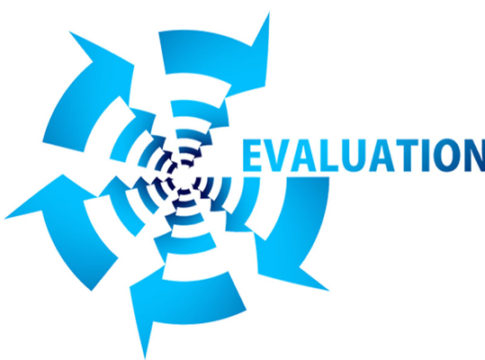The recent release of teachers’ value-added scores in New York City (NYC) has kicked up a lot of dust. Regardless of the merits of publishing such data for public consumption, we shouldn’t let the dust obscure the larger issue that our previous attempts to improve teacher quality were so ineffectual. Policy involving teacher quality has historically faced huge obstacles. Without direct measurement of the effectiveness of teachers, we have been reduced to trying to regulate teacher quality through proxies. This reality is seen in NCLB, where we have called on states to declare that schools are only staffed by “highly qualified teachers.” It is also seen in a variety of analyses that try to compare either the distribution of teacher attributes such as experience or degrees, or the distribution of teacher salaries across different schools. But, the one thing that we have learned from research is that neither of these approaches makes any sense, because the things that are being measured are unrelated to actual effectiveness in the classroom.
The NYC score release brings two related and relevant issues squarely to mind. First, we now have the capacity to assess the impact of teacher performance on students in a very general way. We can do this in a majority of states and cities in the nation, and could do it in all if there was sufficient political will. Second, the release begins to give us some appreciation for whether or not we are systematically biasing education away from the neediest students. Since before Brown vs. Board of Education, there has been concern that political forces align to deprive minorities and poor students of an equal opportunity to a high quality education. Until now, however, it was difficult to look clearly at this issue.
We are approaching a time when we can develop objective measures of the distribution of actual teacher effectiveness. The measures can include value-added information like that in NYC. It can also include rigorous evaluation information like that developed in Washington, DC.
The potential power of this type of analysis is seen vividly in the Ed Trust West report on teacher effectiveness across Los Angeles schools. While it is admittedly still not easy to distinguish between differences in teacher effectiveness across schools and differences in the students who select particular schools, we can and should at least begin to map out the true distribution of teaching talent across all our schools. Doing this, and paying attention to it, is vitally important for fulfilling our promises of equal opportunities for all students. Doing it is also important for guiding our various policy efforts designed to ensure that our disadvantaged students get an equal shake.
Continuing anachronistic regulatory and policy efforts aimed at input measures and credentials does not make sense when the alternative — a capacity to look at the varying levels of education that are actually being provided to our students — is available to us.
-Eric A. Hanushek
This post originally appeared on the blog of the National Council on Teacher Quality.




